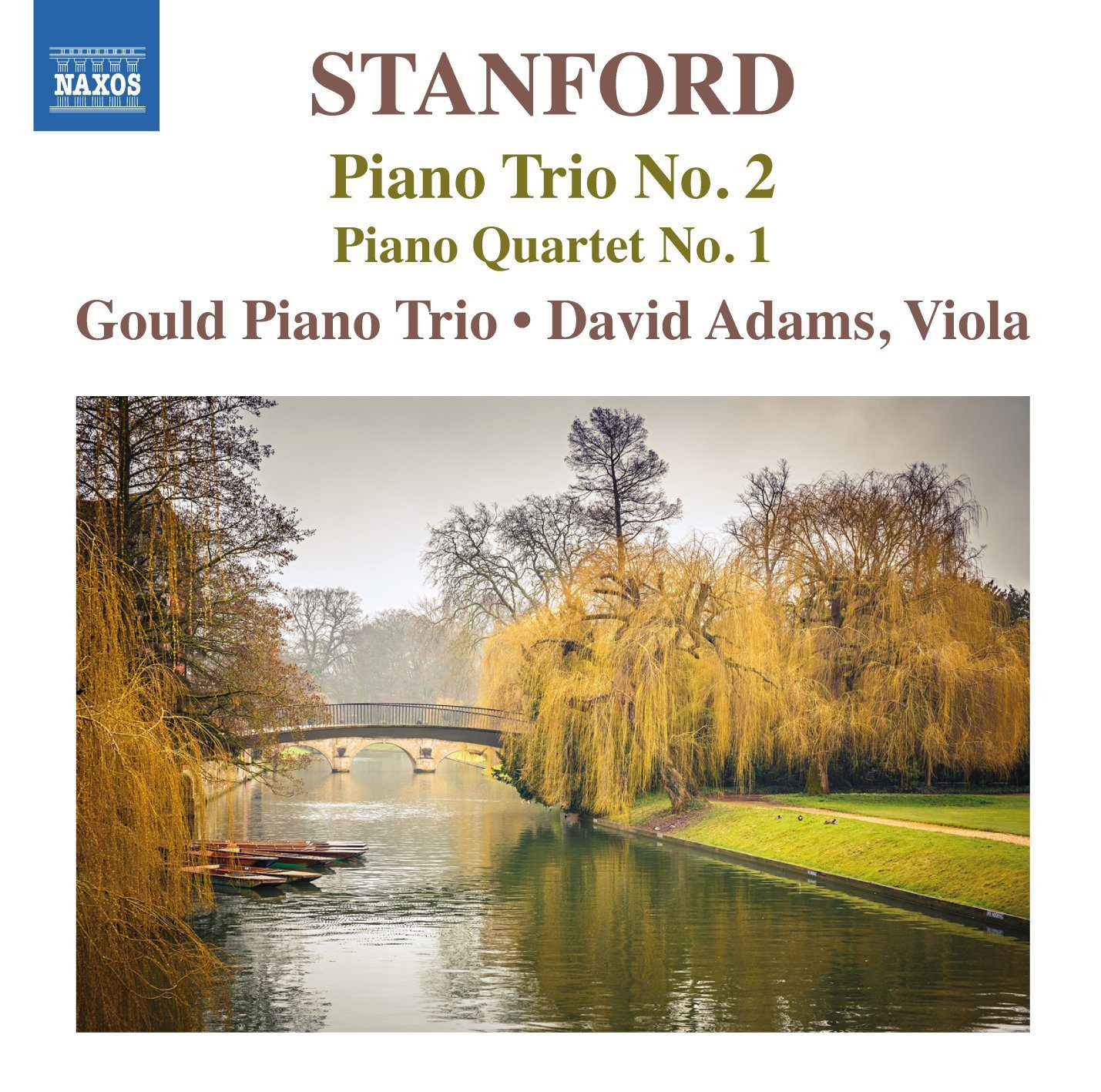
Charles Villiers Stanford Piano Trio 2, Piano Quartet 1
By Ralph Graves
To my ears, Stanford’s music has always sounded like Brahms with an Irish accent. That’s not a bad thing. Like Brahms, Stanford constructed his music within accepted classical frameworks. But within those frameworks he crafts his motifs and harmonies with a great deal of imagination.
Which is what makes this new Naxos release a pleasure to listen to. His second piano trio of 1898 might be heavily influenced by Brahms, but it doesn’t immitate him. Stanford’s melodies — particularly in the slow movement — have a glide and lilt to them that are missing in those of his Germanic colleague.
The first piano quartet of 1899 is a work of a composer in full command of his talent. While it’s modeled on the piano piano quartet of Brahms, there are some interesting differences that make the Brahms more of a starting point then a parallel journey. Brahms’ quartet is in G minor, while Stanford’s is in F major, making it sound brighter and giving it a lighter mood.
As with the trio, the real treat is the slow movmement, where Stanford can just let his melodies sing. And Stanford’s final movement is a little more formal than Brahms’ rondo, giving the quartet a strong and forceful ending.
With this recording, the Gould Piano Trio complete their traversal of Stanford’s three trios. That experience with his music shows. The trio bring out all the romantic expressiveness of the music, while maintaining a precise ensemble sound. Highly recommended to anyone who loves Brahms and/or chamber music.

